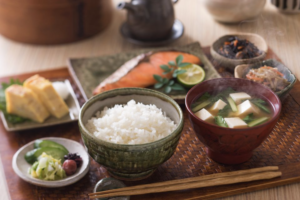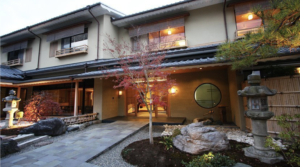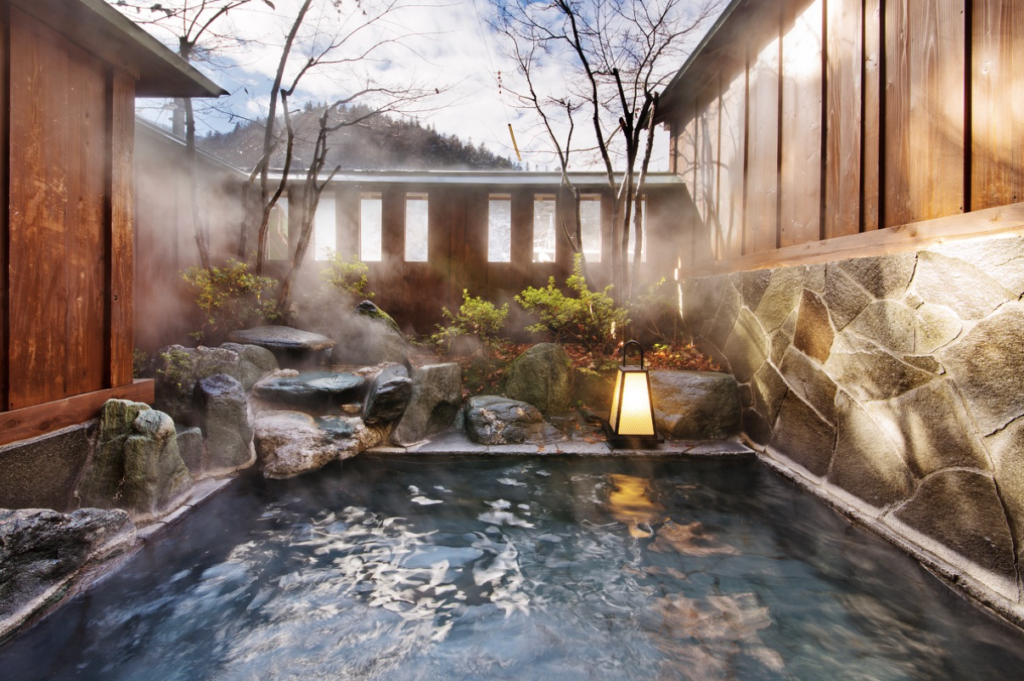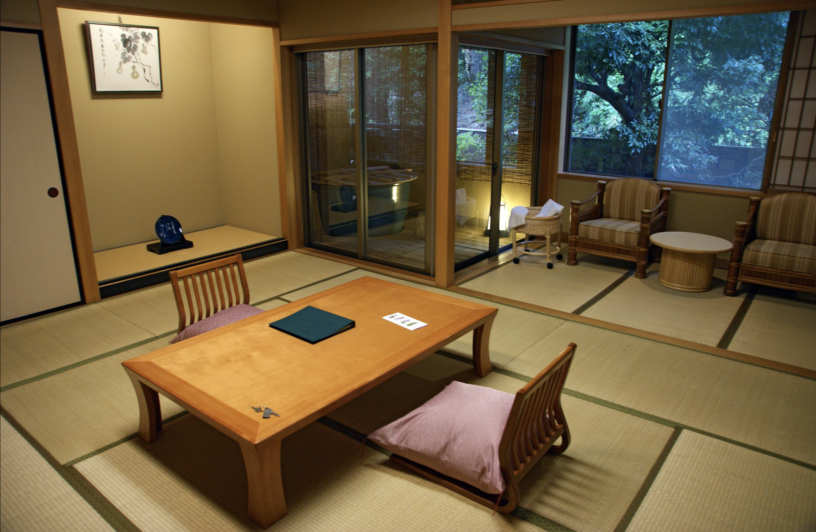Ryokan are traditional Japanese Bed & Breakfast’s. They actually date back to the 8th century, when the oldest hotel in the world, Nishiyama Onsen Keiunkan, was established in Yamanashi Prefecture. As decades passed, the number of ryokan dwindled, because the focus was on building more modern hotels. Luckily, Japan’s B&B tradition survived (and is in fact now thriving) with more and more travelers wanting a budget friendly, culturally immersive experience.
Ryokan are special because they embody the Japanese culture and give visitors a chance to experience how most Japanese really live. At a ryokan, you typically sleep on futon and are served traditional Japanese meals. (And this includes one of my absolute favorites, the Japanese breakfast.) Ryokan also have a more personal touch, because you’re able to speak with your hosts (who are also usually the live-in owners). While there are large ryokan and a few chains have popped up in the last decade, most ryokan are still small mom-and-pop businesses.

There are many ryokan throughout Japan, and some are hundreds of years old. Japanese travelers often select a ryokan based on the properties of its hot springs. They pick an onsen (hot spring) with a specific mineral content, so they can soak up its particular healing properties. While most ryokan have community baths, some of the more upscale ryokan offer your very own hot spring in the privacy of your room.

Because prices vary and a wide range of accommodations are offered, there’s something for every preference and budget. Even with all this variety, ryokan have something in common you won’t experience in more modern, western-style hotels: At a ryokan, you’re immersed in Japanese culture, which will make it a truly unforgettable experience.

![]() For more information on Japanese hotels, check out our hotel reviews.
For more information on Japanese hotels, check out our hotel reviews.
Sources: Kashiwaya.org , The Spruce Eats

- Check Us Out!
- Facebook: @japanalytic
- Instagram: #japanalytic


Wow! I’ll have to check one out next time I’m in Japan!
I hope you do 🙂
A lot of people say they love the authentic experience of sleeping on futons and eating traditional food!